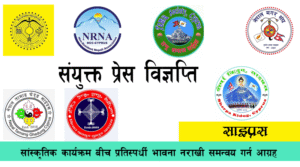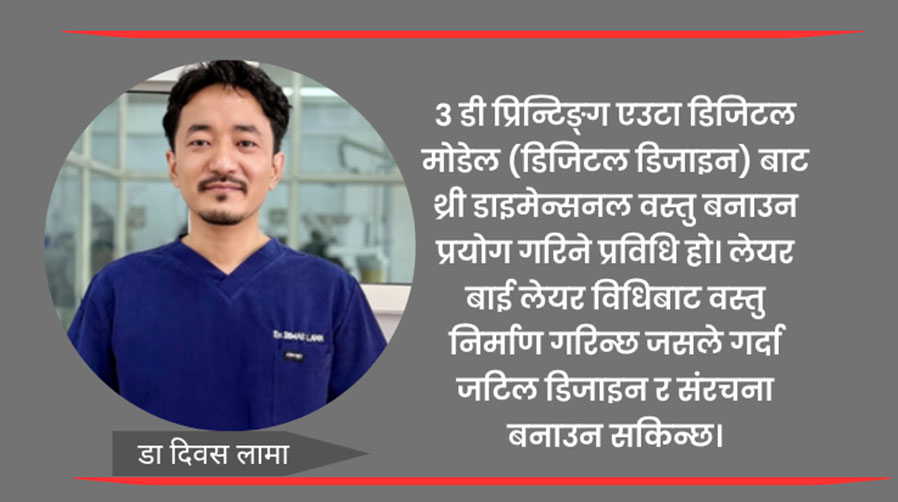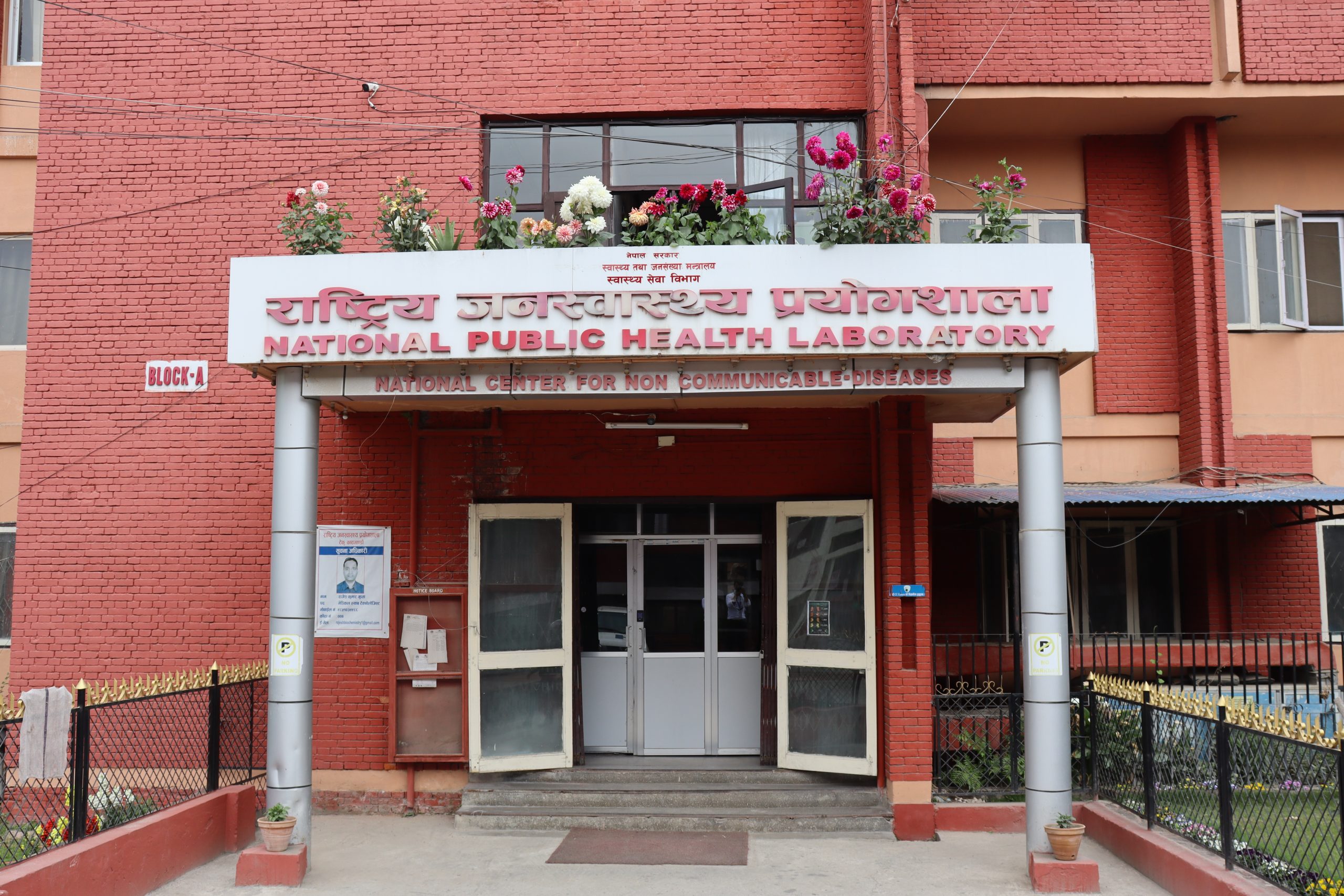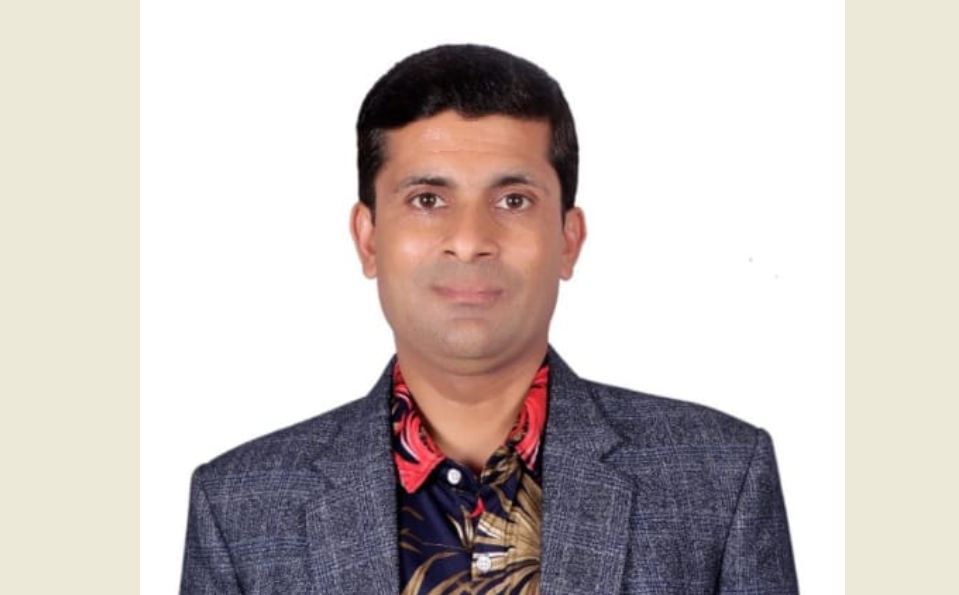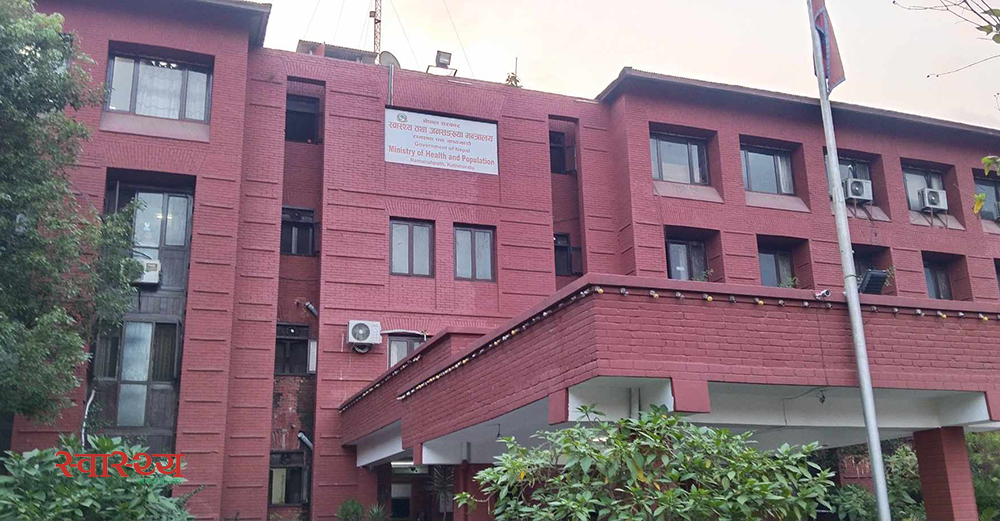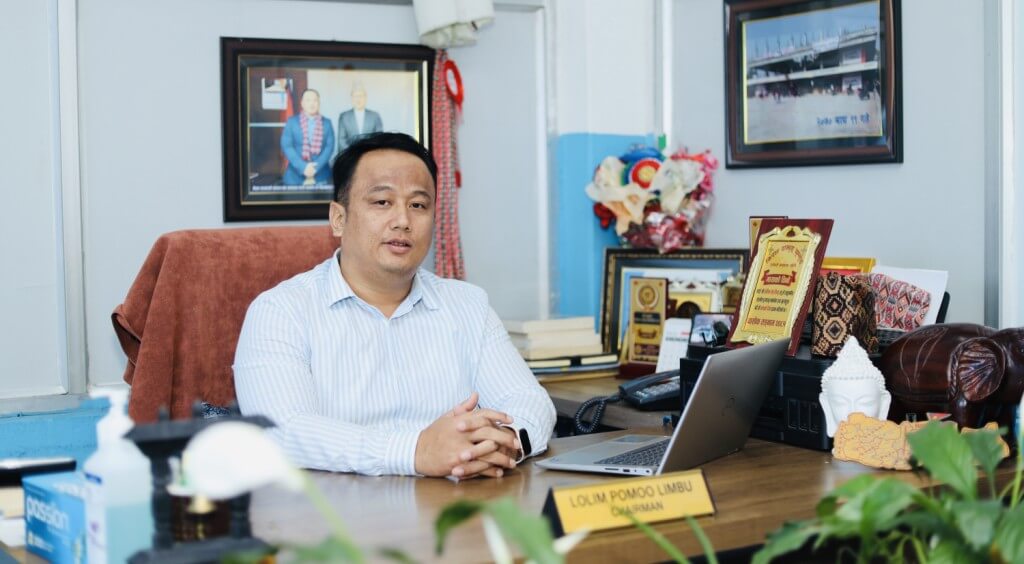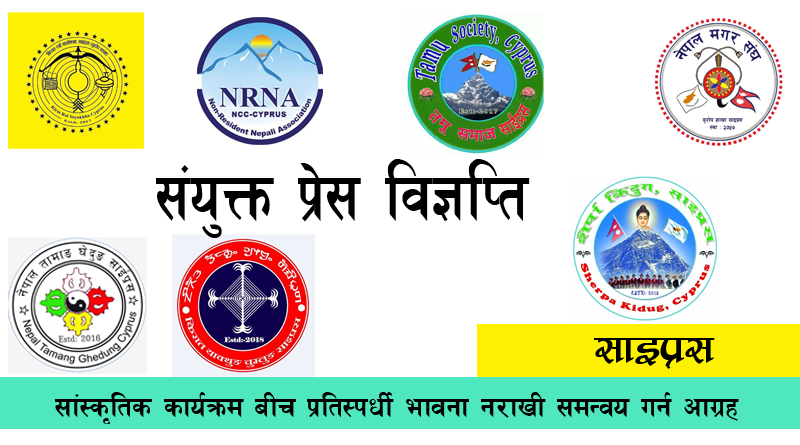Caregiving has always been an integral part of Nepali society, deeply rooted in its cultural and traditional framework. Over time, however, caregiving has undergone substantial changes, driven by historical, societal, and economic transformations. Today, caregiving is recognized as an essential domain, yet it faces unique challenges and opportunities as Nepal continues to develop and modernize.
Historical Context of Caregiving in Nepal
Caregiving roles in Nepal can be traced back to traditional systems like Kamaiya, Kamlahari, Haliya (plowmen) and Haruwa-Charuwa (agricultural laborers), which were exploitative forms of bonded labor prevalent in the western Terai region. These systems often involved tasks that can be categorized as responsible for agricultural work, caregiving, such as tending to households, caring for children, and supporting elderly family members. Although such practices were officially abolished due to their association with bonded labour, but this practice reflects the historical significance of caregiving roles within Nepali society.
Similarly, there was another form of care work, particularly during the era of the Royal and Rana regimes. The roles of “Dhaiaama” and “Susare” represent an important aspect of care work. These terms refer to individuals, often women, who were entrusted with the responsibility of providing personal care and support within royal households.
Dhaiaamas typically engaged in taking care of infants. They were often seen as surrogate mothers for royal children, tasked with nurturing them during their early years. Similarly, Susares were caregivers or attendants who performed broader household and familial duties. They likely assisted not only with childcare but also with other tasks necessary to maintain the well-being of the family.
Such roles underscore the reliance of elite families on dedicated workers to sustain their lifestyles and manage familial responsibilities. This also reflects the societal and cultural norms of that time, wherein caregiving roles were predominantly assigned to women and became institutionalized within aristocratic settings.
Caregiving was predominantly a familial responsibility, with extended families playing a central role. In rural areas, community-based support systems ensured the well-being of elderly and vulnerable members. However, as society has modernized, these traditional caregiving structures have diminished, giving way to more formalized caregiving roles.
The Impact of Urbanization and Migration
Urbanization in Nepal has accelerated rapidly. According to Nepal’s National Census, the urban population grew from 22.31% in 2068 B.S. to 27.07% in 2078 B.S., reflecting a significant demographic shift. With this urbanization comes a profound transformation in employment trends, including a growing demand for caregiving services. As people migrate from rural areas to urban centers, and many others move abroad for employment, traditional family caregiving structures are being changed. Consequently, elderly individuals and vulnerable groups often rely on hired caregivers or institutional care.
This shift has led to the formalization of caregiving as a profession. Domestic workers, who form a substantial portion of caregivers, are now indispensable in assisting with household duties, childcare, elderly care, and supporting individuals with disabilities. These workers can be categorized into three groups: First, those residing at their employer’s home while working. Second, those commuting daily to and from their workplace. And third, workers hired for specific tasks or limited hours of service.
Despite its growing importance, caregiving remains an underappreciated sector in Nepal. According to the International Labour Organization (ILO), an estimated 200,000 domestic workers work in Nepal, the majority of whom are women. However, there is no precise data on the overall number of caregivers in the country, highlighting a gap in recognizing and addressing the challenges faced by these workers.
Demographic Shifts and the Growing Demand for Caregiving
Nepal’s aging population has further emphasized the need for caregiving services. As of recent years, nearly 10% of Nepal’s population is aged 60 or older. This demographic trend, combined with the migration of younger generations for work, has increased the demand for caregiving professionals to support elderly individuals and vulnerable groups.
The caregiving sector’s growth is not limited to domestic demand. Globally, caregiving is a rapidly developing profession due to aging populations in many countries. Nepali caregivers, known for their resilience and dedication, often find opportunities abroad. Countries like the UAE, Kuwait, and Saudi Arabia, which have a high demand for caregiving services, attract a significant number of Nepali workers. Unfortunately, they have been receiving very low salaries, facing precarious working conditions, and dealing with health risks there.
Key Caregiving Areas in Nepal
Caregiving in Nepal spans four main areas:
Healthcare Services: Specially, rural areas often rely on Female Community Health Volunteers (FCHVs) to provide essential caregiving services in the absence of sufficient healthcare professionals. FCHVs provide health care counseling, collect data for local government health centers, and offer basic medical support for the local people.
Elderly Care: Traditionally the responsibility of families, elderly care has evolved with urban migration and economic pressures, leading many to hire in-home caregivers.
Childcare: The last decade has seen a boom in employment opportunities for caregivers, particularly in urban areas, focused on childcare.
Care for Persons with Disabilities: While this area has grown, it remains largely urban-centric and expensive, with families often hiring caregivers to provide specialized assistance.
Nepali workers also seek caregiving roles abroad. The Department of Foreign Employment records their numbers, yet domestic workers are underrepresented in official statistics due to the restrictions on migrating for domestic work. Despite a ban on such migration imposed in 2072 B.S., many still find irregular routes to Gulf nations for caregiving jobs.
Recently, bilateral agreements have reopened some avenues. For instance, since 2078 B.S., Nepali caregivers have resumed employment in Israel, with 1,400 workers dispatched to long-term care centers by the end of Falgun, 2081 B.S. Cyprus and Germany are also popular destinations, but data regarding Nepalis in German Au Pair programs remains unavailable due to privacy regulations.
Recommendations for Enhancing the Caregiving Sector in Nepal
Nepal’s constitution guarantees the right to a dignified life for all citizens, including the formulation and implementation of laws related to caregiving. However, gaps in legislation and challenges in enforcing existing policies remain.
Despite contributing immensely, caregiving professionals in Nepal often remain unrecognized. Addressing legislative gaps, ensuring fair migration policies, and creating domestic opportunities are key to elevating this crucial sector.
To enhance the caregiving sector in Nepal, implementing comprehensive policy reforms and a strong legal framework is essential. Legislation should be developed to ensure fair wages, job security, and benefits for caregiving workers. Laws must also formally recognize caregiving as a critical contribution to both the economy and society. Alongside these reforms, the workforce should be professionalized and better organized. Trade unions need to include caregiving workers to provide them with collective representation, while skill development programs should be promoted to train a pool of certified and professional caregivers, addressing shortages in the healthcare and caregiving sectors.
Expanding accessibility to caregiving services is another critical step. Affordable and high-quality caregiving services need to be made widely available, particularly in underserved rural areas. Community-based caregiving programs can bridge this gap, catering to the needs of children, the elderly, and persons with disabilities. Furthermore, ensuring fair compensation and robust social security for caregiving professionals is paramount. Caregivers, especially Female Community Health Volunteers (FCHVs), should be fairly compensated for their invaluable contributions. Social security schemes must also be expanded to include caregiving workers, offering them retirement benefits, and healthcare coverage.
Addressing challenges in foreign employment and migration is also essential for strengthening the sector. Migration policies for caregiving workers should be reassessed to eliminate restrictions that force workers into irregular migration routes. Collaborations with destination countries are necessary to ensure Nepali caregivers receive fair wages, dignified treatment, and legal protections abroad. Moreover, local government initiatives can play a pivotal role. Efforts to register informal workers, including caregiving professionals, as seen in Budhanilkantha, Birtamode, Bhimphedi, Basgadhi Municipalities should be replicated.
Promoting international cooperation is vital for the sustainable development of caregiving. Bilateral agreements with foreign nations must be established to safeguard the rights and dignity of Nepali caregivers working abroad. Engagement with international organizations can help standardize caregiving job conditions globally.
Public awareness and advocacy are crucial to elevating the status of caregiving work. Awareness campaigns should emphasize the significance of caregiving as a profession, changing societal perceptions to value this work. Gender equity must also be promoted, encouraging broader participation from all genders and reducing biases in caregiving roles.
By focusing on these strategies, Nepal can strengthen its caregiving sector, ensuring both its workforce and those who rely on caregiving services receive the recognition and support they deserve.
Caregiving in Nepal is undergoing a profound transformation. From its historical roots in traditional and exploitative systems to its evolution into a recognized and essential profession, caregiving reflects the changing dynamics of Nepali society. Urbanization, migration, and demographic shifts have created both challenges and opportunities in this sector. As caregiving continues to develop, it is vital to address the gaps in data, policies, and support systems to ensure the well-being of caregivers and those they serve. The future of caregiving in Nepal holds immense potential, not only as a profession but also as a critical pillar of social and economic development.
Pictures source: Internet
सामाग्री श्रोत :
deshparadesh









